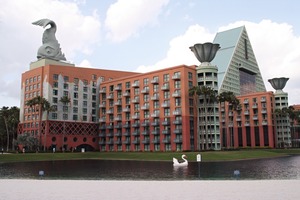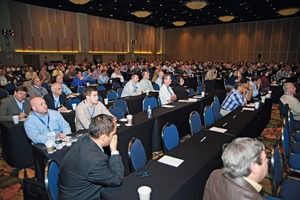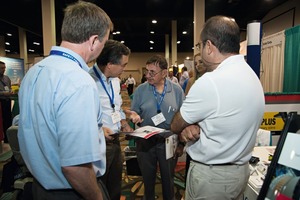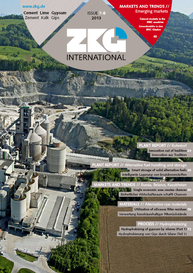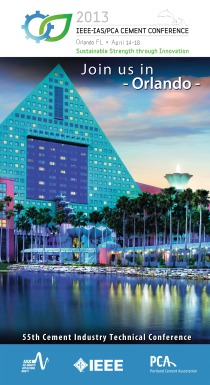Between hope and skepticism
The conference consisted of 45 technical presentations that dealt with practically every topic that is meanwhile also of significance to the American cement industry, such as energy, environment, sustainability, efficiency-improvements etc. Once again, a special focus was placed on the subject of emission reduction. In this connection, the new emission limits of NESHAP (National Emissions Standards for Hazardous Air Pollutants) and NSPS (New Source Performance Standards) regulations provided a lot of material for discussion. Technological developments, alternative fuels and numerous other topics were also on the agenda. In the evenings the attendees could visit the traditional “Hospitality Suites” of some of the companies represented in the exhibition, to broaden the discussions about the topics already dealt with in the course of the day and to go into more detail.
Tutorials
Drive units: 1. Medium-voltage drives with variable speed – fundamentals, standards, overview of applications, implications for the overall drive system and vibration issues; 2. Hydraulic drive systems for clinker coolers
Power generation: Transformer failure due to switching currents induced by power circuit breakers
Automation: Networked communication in a modern cement plant
MSHA (Mine Safety and Health Administration), section 46, as an annual refresher course
Conference
In the USA, 2012 showed the strongest increase in cement consumption for seven years, and experts are expecting the upward trend to continue. In 2013, the anticipated increase in consumption is around 6.2 %. According to the latest forecast by the PCA, the extent of the further market recovery will become visible in the second half of 2013.
“Recessions correct the imbalances created during boom phases”, said Ed Sullivan, chief economist of the PCA, in a short address. For personal reasons, he was unable to be in Orlando. Few economists, Sullivan went on, would doubt that a great demand backlog had been created in the last few years. The only question is when the economy is going to unleash its potential for strong growth.
The recession had created a demand backlog, not only for consumer goods but also on the building and construction sector he said. For 2013, the PCA expected around a million new construction projects. The building of apartment houses is also showing rapid development and will provide additional impetus for the construction materials industry. In 2011, apartment house construction showed a growth of 55 %, and in 2012 it was still running at 36 %. The PCA therefore expects a further growth of about 29 % in 2013, to 318 000 units.
Although the construction of non-residential and residential buildings is showing a strong recovery in 2013, the PCA states that the lack of public construction projects is still putting the brakes on cement consumption. However, the economic upturn expected for 2014 will boost the number of people in work, which will in turn improve the country’s fiscal situation and enable an increase in public-sector construction investment. The growth in consumption predicted for the second half of 2013 should continue into the following year and, according to the PCA, result in an increase of 9.2 % in the USA in 2014. In the longer term (2015-2017) the average annual growth should be 11.1 %. In this connection, the PCA forecasts a cement consumption of 120 million tpa for the USA up to 2017.
The total of 45 papers presented in the course of the conference dealt with a wide variety of technical subjects, commencing with general production-relevant aspects, such as fly ash and mercury emissions, but also covering topics like energy efficiency, drives and motors, maintenance, the environment and sustainability. ZKG will address some of these topics at irregular intervals in future issues.
Panel discussions
The second discussion was concerned with different roller press technologies for high-pressure clinker grinding. After John Terembula (FLSmidth), Thomas Binninger (KHD), Thomas Hanstein (Köppern) and Thomas Schmitz (ThyssenKrupp Resource Technologies) had presented the systems supplied by their respective companies, this proved to be a controversial subject.
A further topic of discussion was the labor-market situation in the American industry. In the USA, the cement industry is also having to cope with the problem of finding suitably skilled professionals for its factories. In addition, the subject of education and training has become a very important aspect in the USA.
The 55th IEEE drew to its conclusion with the traditional banquet, which this year was held in the neighboring Epcot Center of Disney World. The highlight was a spectacular firework display that lasted a good 20 minutes. The venue for the 56th IEEE, to be held from 13.-17.04.2014, is Washington, D. C., the capital city of the USA.

